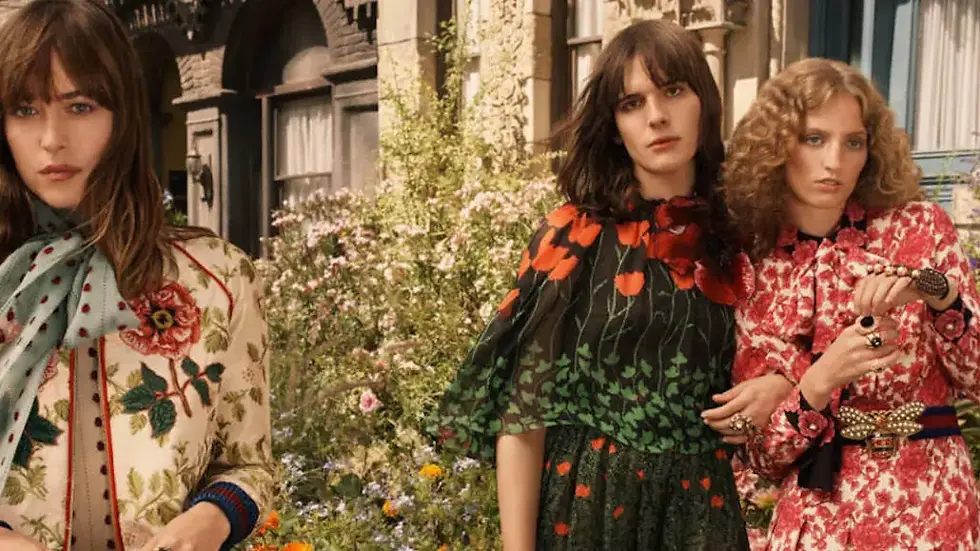Who gets to be seen as beautiful? The politics behind beauty advertising
- aakanksha singh
- Jul 21
- 2 min read

Dear Reader,
Have you ever scrolled past a beauty ad and felt just a little… not enough?
You’re not alone, and it’s not just coincidence; it’s by design.
From the very beginning of mass marketing, beauty has been framed in incredibly narrow boxes.
Think lighter skin, angular features, thin bodies, and mostly women that look a certain kind of way.
These aren’t just creative choices. These are cultural messages rooted in history, and yes, they’re political.
Beauty advertising was built on bias:
Beauty advertising didn’t invent bias, but it carried it forward. Choices that seem “aspirational” were influenced by long-standing systems:
• Colonialism, which positioned whiteness as the global ideal
• Class structures, where being thin suggested discipline or wealth
• Gender norms, where women were valued more for their looks than their leadership
Advertising took those ideals and glamorised them. The result? Millions of people growing up thinking they’ll never be beautiful because they didn’t match the glossy definition that was sold to them.
And it just so happens that insecurity is good for business.
The problem-solution playbook:
Here’s the trick most beauty advertising still runs on:
Find a “problem” you didn’t know you had, then sell you the solution.
Wrinkles? Try this serum.
Curves? Here’s a diet tea.
Dark skin? Use this lightening cream.
But here’s the truth: these were never flaws in the first place.
The real flaw is an industry designed to make us feel small in order to sell big.
Beauty = Power:
We often act like beauty is just about taste. It’s not. It’s about who gets power, visibility, and space in society.
• People with lighter skin tones statistically earn more
• People in larger bodies face discrimination in workplaces and media
• Trans and non-binary people are still excluded from mainstream beauty narratives
Beauty isn’t just about appearances; it’s about access.
The Shift Is Happening… But Slowly:
Let’s give credit where it’s due. Some brands are challenging the status quo:
• Fenty Beauty expanded foundation shades and proved the demand was already there
• Dove ran un-retouched campaigns with real women
• More companies are (finally) featuring older, disabled, plus-size and gender-diverse models
But let’s be real, representation without intention is just aesthetics.
When diversity is used as a marketing move and not a mindset shift, nothing meaningful changes. Visibility alone doesn’t equal value.
Because advertising doesn’t just reflect the world, it helps shape it.
So Ask Yourself:
If you’re building a brand or running a campaign, it’s worth pausing to ask:
• Are you quietly reinforcing outdated beauty norms?
• Or are you actively creating space for more people to feel seen, valued, and included?
Because beauty isn’t neutral, it’s a reflection of who we champion and who we overlook.
And when you choose who gets to be seen as beautiful, you’re also choosing who gets to feel accepted.
Need help building inclusive, human-first marketing?
I work with Surrey-based small business owners to craft scroll-stopping content that doesn’t just sell, it speaks.
Brand storytelling
Purpose-led social content
Inclusivity-driven messaging
Let’s build something meaningful (and magnetic).
Please fill out the form available on this page, and I will respond to you as soon as possible.



Comments